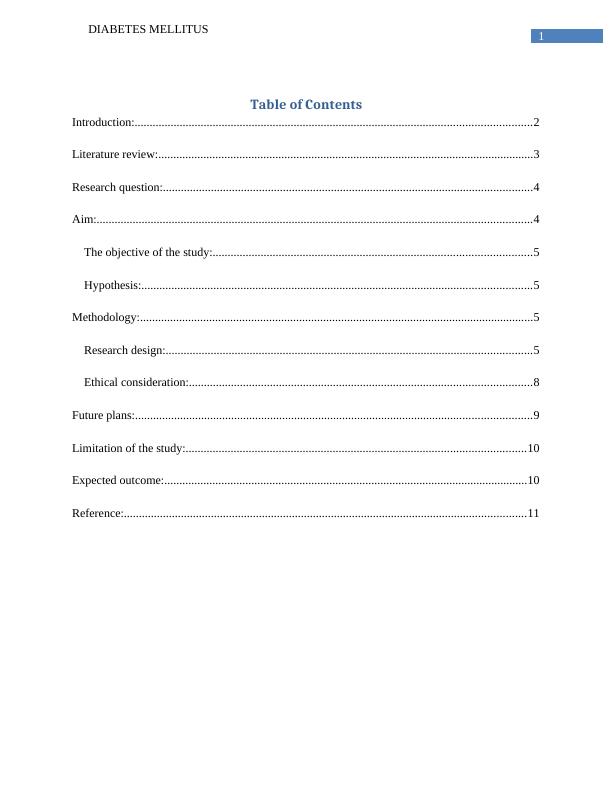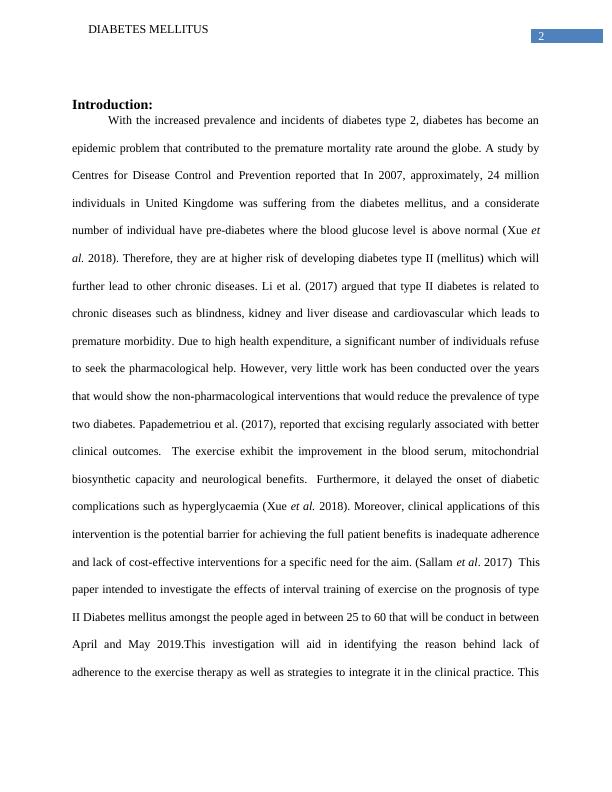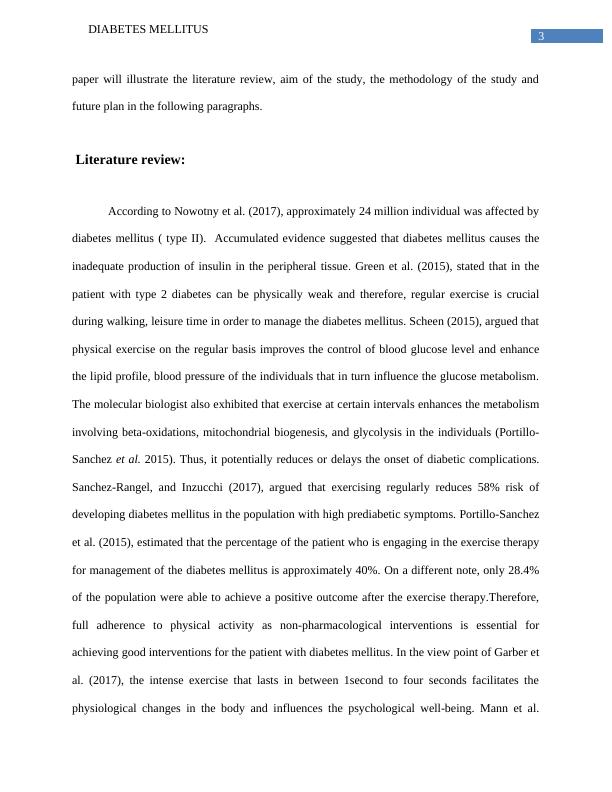Effects of Interval Training of Exercise on Prognosis of Type II Diabetes Mellitus
A research project on surgery class, focusing on developing skills and experiences needed for independent scientific research, communication on professional topics, and defending ideas.
18 Pages4013 Words62 Views
Added on 2023-05-28
About This Document
This paper investigates the effects of interval training of exercise on the prognosis of type II Diabetes Mellitus amongst the people aged in between 25 to 60. Literature review, aim of the study, methodology of the study and future plan are discussed.
Effects of Interval Training of Exercise on Prognosis of Type II Diabetes Mellitus
A research project on surgery class, focusing on developing skills and experiences needed for independent scientific research, communication on professional topics, and defending ideas.
Added on 2023-05-28
ShareRelated Documents
End of preview
Want to access all the pages? Upload your documents or become a member.
Exercise as Intervention for Diabetes
|37
|7723
|312
EXERCISE AS INTERVENTION OF DIABETES Exercise as intervention of
|22
|5995
|249
Glycaemia Control for Patients With Type 2 Diabetes - Diabetes Mellitus
|14
|3997
|10
HLN707 Research Methods in Health
|10
|2556
|129
Diabetes Mellitus: Pathophysiology, Diagnosis, and Interventions
|9
|2700
|450
Diabetes Mellitus and Associated Pharmacological Treatment
|4
|558
|460




